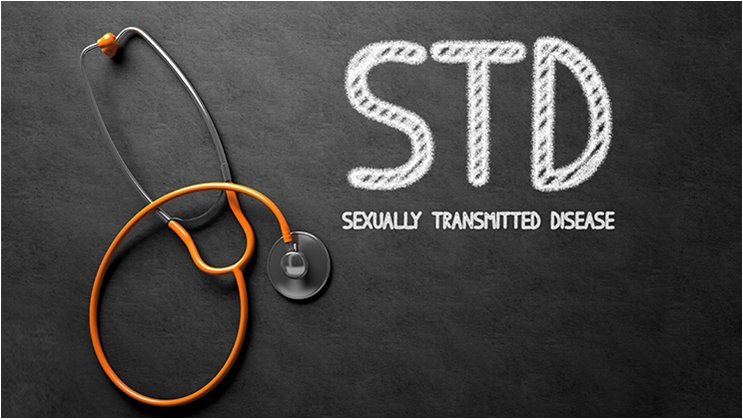Back to: HOME ECONOMICS JSS1
Welcome to class!
In today’s class, we will be talking about sexually transmitted diseases. Enjoy the class!
Sexually Transmitted Disease

STDs are infections that are transmitted during any type of sexual contact. Many STDs in women do not cause specific symptoms. Common STDs in women include Chlamydia, gonorrhoea, HPV, genital herpes, and the Zika virus. Antibiotic treatment can cure STDs caused by bacteria, including Chlamydia, syphilis, and gonorrhoea.
Syphilis:
Syphilis is another bacterial infection. It often goes unnoticed in its early stages. The first symptom to appear is a small round sore, known as a chancre. It can develop on your genitals, anus, or mouth. It’s painless but very infectious.
Later symptoms of syphilis can include:
- rash
- fatigue
- fever
- headaches
- joint pain
- weight loss
- hair loss
If left untreated, late-stage syphilis can lead to:
- loss of vision
- loss of hearing
- mental illness
- loss of memory
- infections of the brain or spinal cord
- heart disease
- death
Fortunately, if caught early enough, syphilis is easily treated with antibiotics. However, syphilis infection in a newborn can be fatal. That’s why all pregnant women need to be screened for syphilis.
HIV:
HIV can damage the immune system and raise the risk of contracting other viruses or bacteria and certain cancers. If left untreated, it can lead to stage 3 HIV, known as AIDS. But with today’s treatment, many people living with HIV don’t ever develop AIDS.
In the early or acute stages, it’s easy to mistake the symptoms of HIV with those of the flu. For example, early symptoms can include:
- fever
- chills
- aches and pains
- swollen lymph nodes
- sore throat
- headache
- nausea
- rashes
These initial symptoms are typically clear within a month or so. From that point onward, a person can carry HIV without developing serious or persistent symptoms for many years. Other people may develop nonspecific symptoms, such as:
- recurrent fatigue
- fevers
- headaches
- stomach issues
There’s no cure for HIV yet, but treatment options are available to manage it. Early and effective treatment can help people with HIV live as long as those without HIV.
Gonorrhoea:
Gonorrhoea is another common bacterial STD. It’s also known as “the clap.” Many people with gonorrhoea develop no symptoms. But when present, symptoms may include:
- a white, yellow, beige, or green-coloured discharge from the penis or vagina
- pain or discomfort during urination
- more frequent urination than usual
- itching around the genitals
- sore throat
If left untreated, gonorrhoea can lead to:
- infections of the urethra, prostate gland, or testicle
- pelvic inflammatory disease
- infertility
A mother can pass gonorrhoea onto a newborn during childbirth. When that happens, gonorrhoea can cause serious health problems in the baby. That’s why many doctors encourage pregnant women to get tested and treated for potential STDs.
Other STDs are
- Trichomoniasis
- Pubic lice (‘crabs’)
- HPV (human papillomavirus)
- Chlamydia
In our next class, we will be talking about Puberty, Personal Hygiene and Adolescence. We hope you enjoyed the class.
Should you have any further question, feel free to ask in the comment section below and trust us to respond as soon as possible.
